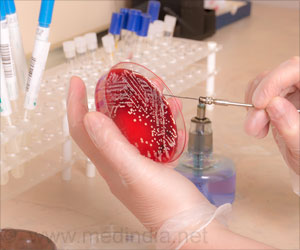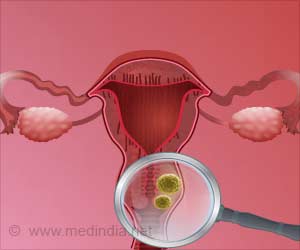Antibiotics play a key role in human health by helping to combat bacterial infection, but bacteria can evolve resistance to antibiotics patients rely on. Antibiotic-resistant infections now cause >1 million deaths worldwide per year.
With a small number of ‘last-resort’ antibiotics available, researchers from the University of Oxford are investigating the processes that drive the rise, and fall, of resistance in common bacterial pathogen populations, which is key to tackling the increase in antimicrobial resistance (AMR).
Advertisement
Professor Craig MacLean, Department of Biology, University of Oxford, said:
‘Our work has shown that a gene involved in resistance to a last resort antibiotic mutates at an incredibly high rate, allowing bacteria to quickly evolve antibiotic resistance.’
‘Our research suggests that, for this particular case, selective pressures generated by this gene’s association with the immune system may have driven the evolution of extra-fast mutation rate, that be quickly evolving to make bacteria resistant to antibiotics.’
Pseudomonas is a bacterium that commonly causes lung infections in hospital patients. The researchers cultured over 900 populations of Pseudomonas and treated them with Colistin. By counting bacteria and sequencing their genome, the researchers could assess how quickly the different populations evolved resistance to the antibiotic and the genetic mutation that causes the resistance.
The results showed that the Pseudomonas infections quickly evolved resistance to this last-resort antibiotic – due to a gene that mutates at a rate 1,000 times higher than the ‘normal’ background rate of mutation. Mutations in this gene, known as pmrB, allowed the bacteria to evolve their resistance to Colistin.
Researchers suggest the reason for this fast mutation rate could be that the pmrB gene is associated with the human immune system. A rapid mutation rate would help the bacterium to survive by adapting to the fluctuating changes in the immune system.
Although the bacteria evolved their resistance to Colistin at a much higher rate than expected, the research also revealed a positive outcome. When the antibiotic was withdrawn, the pathogen populations quickly lost resistance as a consequence of the high mutation rate.
The researchers now plan to extend their study to investigate what other attributes of Pseudomonas might be involved in enabling such high levels of antimicrobial resistance.
Source: Medindia



